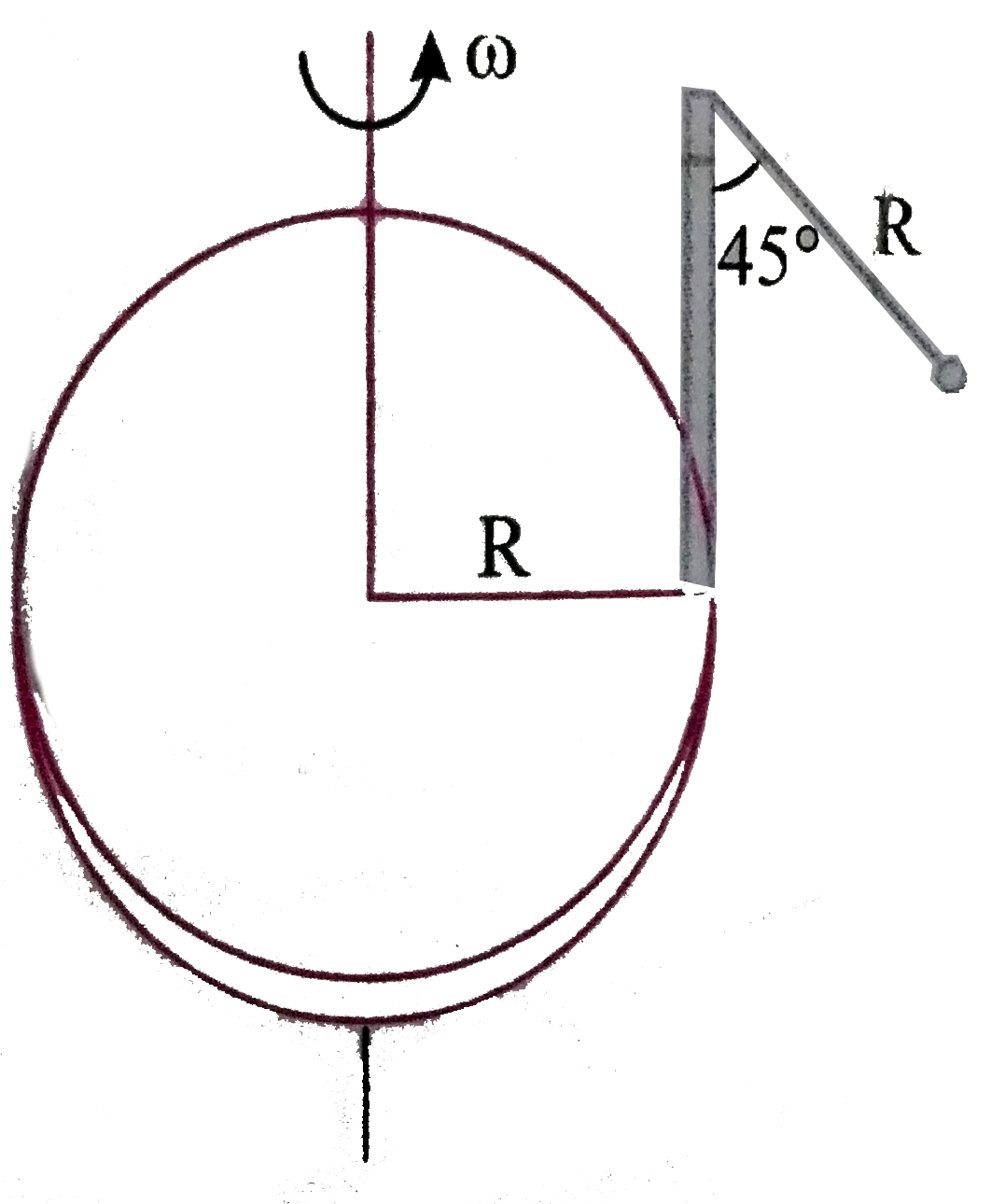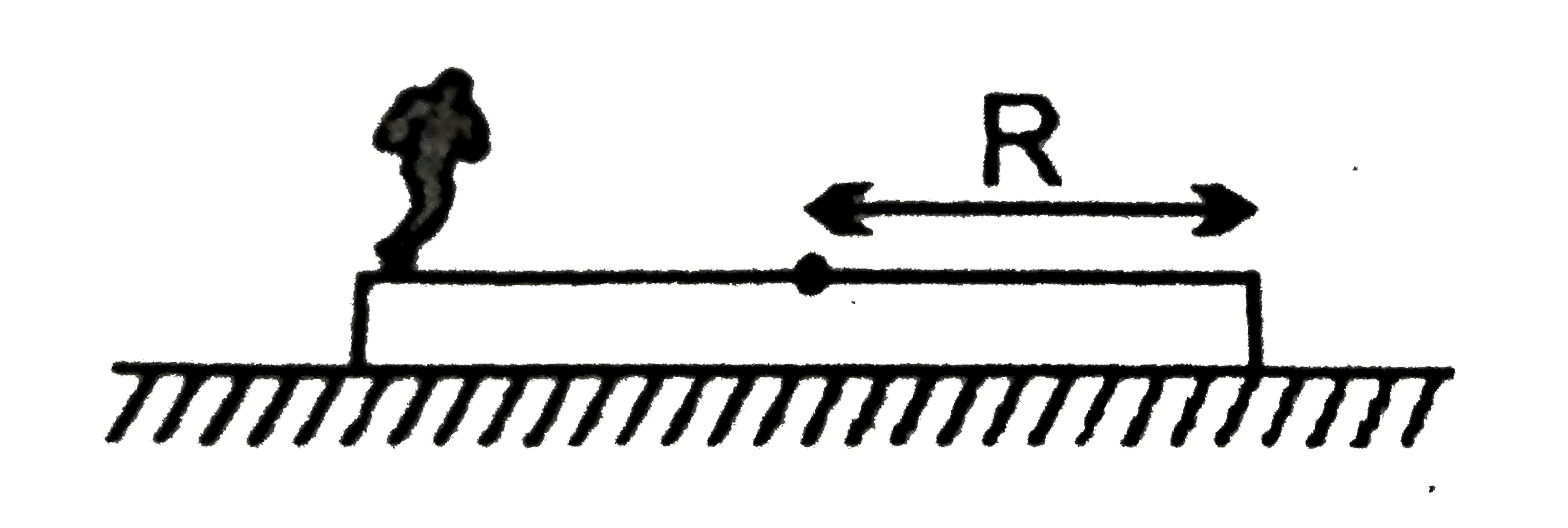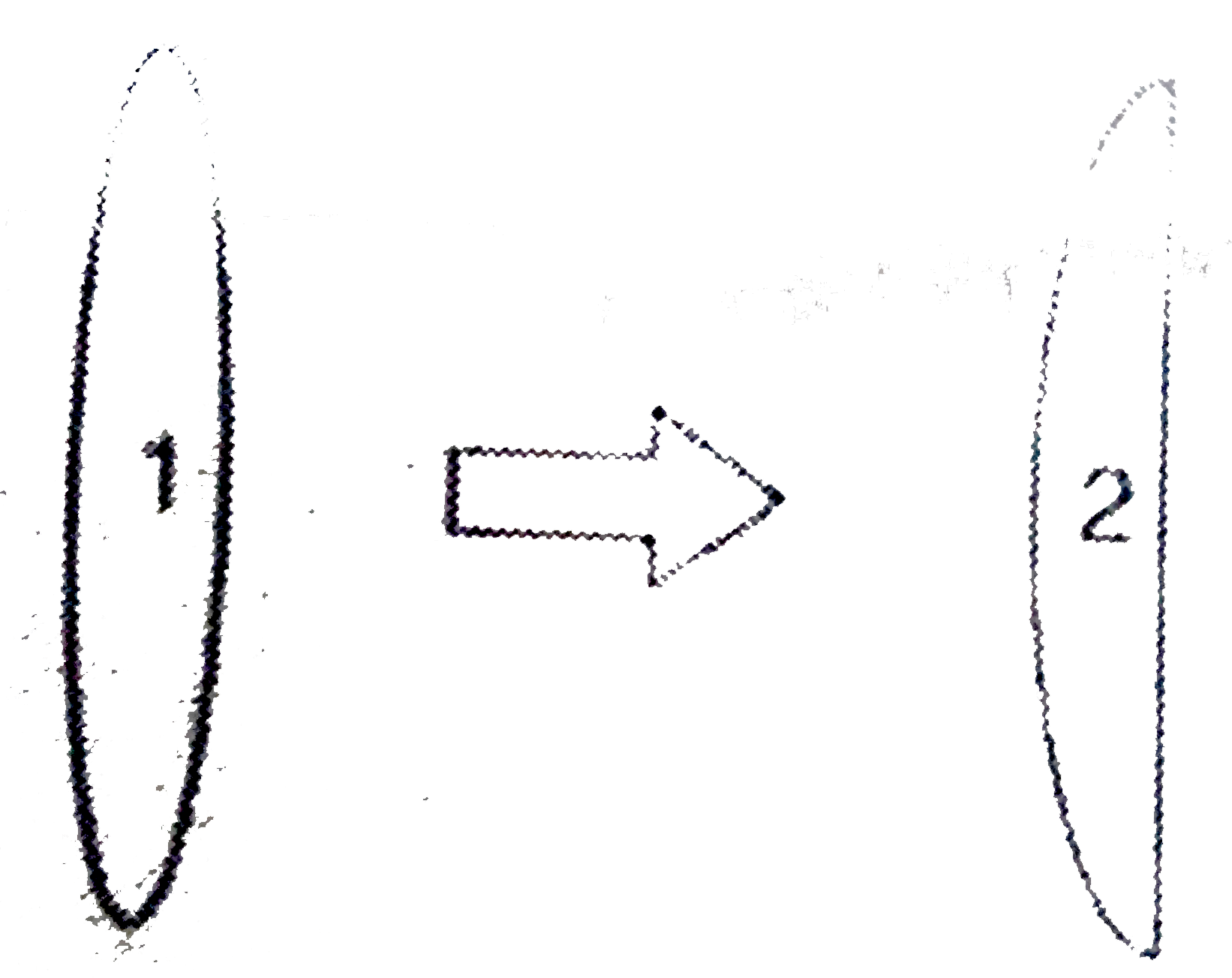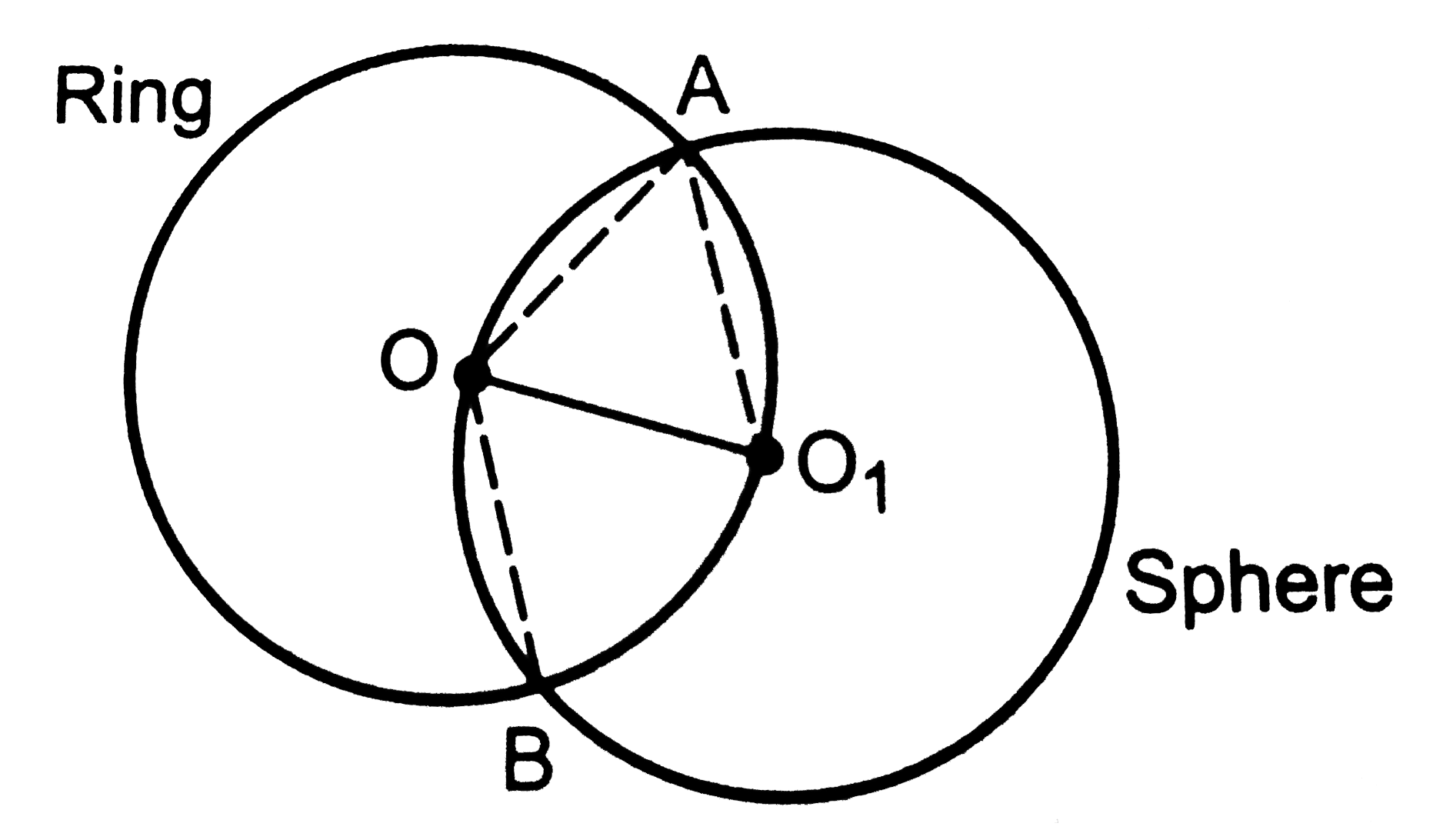Which lens is thicker in the middle and thinner at its periphery.
convex
bi-concave
concave
plano-concave.
The correct Answer is:A
To solve the question "Which lens is thicker in the middle and thinner at its periphery?", we can follow these steps:
1. Understand Lens Types:
- There are two main types of lenses: convex and concave.
- Convex lenses are thicker in the middle and thinner at the edges, while concave lenses are thinner in the middle and thicker at the edges.
2. Identify the Characteristics of a Convex Lens:
- A convex lens is also known as a converging lens.
- It bulges outward, which means it has a greater thickness at the center compared to the edges.
3. Identify the Characteristics of a Concave Lens:
- A concave lens is known as a diverging lens.
- It curves inward, making it thinner in the center and thicker at the edges.
4. Analyze the Options:
- Given the characteristics, we can analyze the options provided:
- Option 1: Convex Lens - Thicker in the middle, thinner at the edges (Correct).
- Option 2: Concave Lens - Thinner in the middle, thicker at the edges (Incorrect).
- Option 3: Biconcave Lens - Similar to the concave lens, thinner in the middle (Incorrect).
5. Conclusion:
- Based on the analysis, the lens that is thicker in the middle and thinner at its periphery is the Convex Lens.
Final Answer:
The lens that is thicker in the middle and thinner at its periphery is the Convex Lens.
---
- There are two main types of lenses: convex and concave.
- Convex lenses are thicker in the middle and thinner at the edges, while concave lenses are thinner in the middle and thicker at the edges.
- A convex lens is also known as a converging lens.
- It bulges outward, which means it has a greater thickness at the center compared to the edges.
- A concave lens is known as a diverging lens.
- It curves inward, making it thinner in the center and thicker at the edges.
- Given the characteristics, we can analyze the options provided:
- Option 1: Convex Lens - Thicker in the middle, thinner at the edges (Correct).
- Option 2: Concave Lens - Thinner in the middle, thicker at the edges (Incorrect).
- Option 3: Biconcave Lens - Similar to the concave lens, thinner in the middle (Incorrect).
- Based on the analysis, the lens that is thicker in the middle and thinner at its periphery is the Convex Lens.
The lens that is thicker in the middle and thinner at its periphery is the Convex Lens.
Topper's Solved these Questions
- REFRACTION THROUGH LENSBOOK - ICSECHAPTER - REFRACTION THROUGH LENSEXERCISE - NUMERICAL BASED MCQ:
10 Videos
- REFRACTION THROUGH A LENS BOOK - ICSECHAPTER - REFRACTION THROUGH A LENS EXERCISE - EXERCISE-5(D) (MULTIPLE CHOICE TYPE)
2 Videos
- SAMPLE PAPER -4 BOOK - ICSECHAPTER - SAMPLE PAPER -4 EXERCISE - Questions
36 Videos
Similar Questions
The wheels of moving vehicles are made hollow in the middle and thick at the periphery, because
View SolutionA disc of radius R has a light pole fixed perpendicular to the disc at its periphery which in turn has a pendulum of length R attached to its other end as shown in figure. The disc is rotated with a constant angular velocity ω The string is making an angle 45∘ with the rod. Then the angular velocity ω of disc is

View Solution
Knowledge Check
Assertion : A convex lens of glass (μ=1.5) behave as a diverging lens when immersed in carbon disulphinde of higher refractive index (μ=1.65).
Reason : A diverging lens is thinner in the middle and thicker at the edges.AIf both assertion and reason are true and reason is the correct explanation of assertion.BIf both assertion and reason are true and reason is not the correct explanation of assertion.CIf assertion is true but reason is false.DIf both assertion and reason are false.Which macroelement is required in the middle lamellae of the cell wall?
ApotassiumBcalciumCphosphorusDnitrogen
Which element is present in the middle lamellae of cell wall?
View SolutionA uniform solid sphere of mass m and radius R is suspended in vertical plane from a point on its periphery. The time period of its oscillation is
View SolutionA uniform disc of mass 'm' and radius R is placed on a smooth horizontal floor such that the plane surface of the disc in contact with the floor . A man of mass m/2 stands on the disc at its periphery . The man starts walking along the periphery of the disc. The size of the man is negligible as compared to the size of the disc. Then the center of disc.

View SolutionA bi-convex lens is cut from the middle as shown in figure. Refractive index of material of lens is 32. Now lens-1 (as shown in figure) is immersed in a liquid of refractive index μ0. By doing so it is observed that its focal length becomes equal to lens-2. What is the value of μ0 ?

View SolutionA Charge Q is distributed uniformly on a ring of radius r. A sphere of equal r is constructed with its centre at the periphery of the ring (figure 30.12) Find the flux of the electric field through the surface of the sphere.

View SolutionA conducting disc of radius r rotaes with a small but constant angular velocity ω about its axis. A uniform magnetic field B exists parallel to the axis of rotation. Find the motional emf between the centre and the periphery of the disc.
View Solution